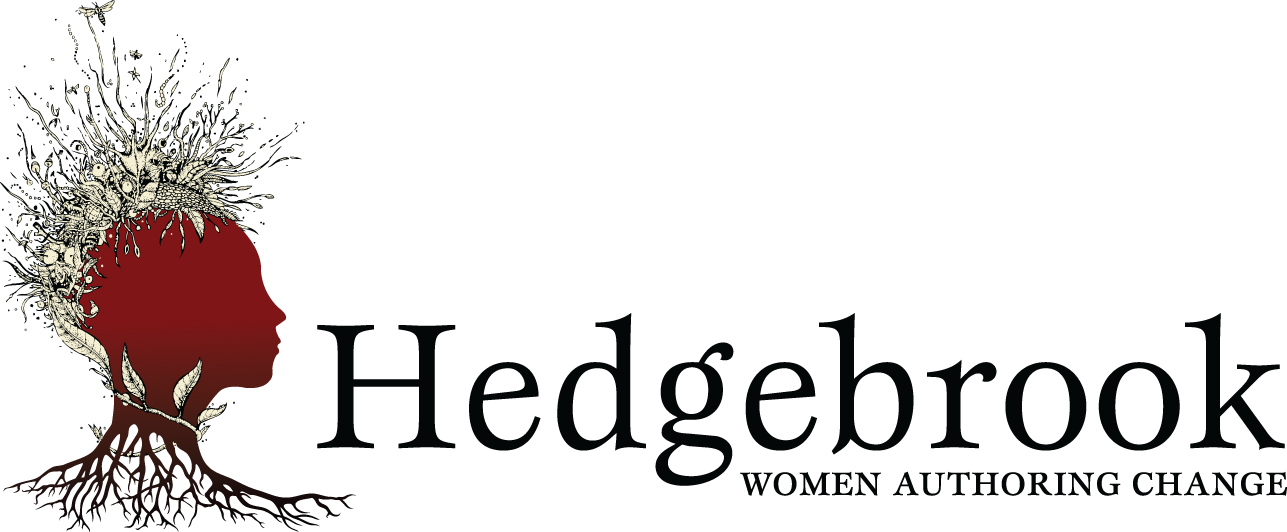Doll’s House
“Teenage Girl Blossoming into Beautiful Object,” proclaimed a recent headline in the Onion. The faux-newspaper goes on to describe the high school junior’s, quote, “staggering metamorphosis from a young girl with thoughts, feelings, and aspirations into a truly stunning commodity.” This kind of nailing-of-truth-through-satire is what makes me a great fan of the Onion: where writers specialize in humor that makes you wince. And think: about the truth behind the laugh.The struggle of young women—to be treated as persons, not objects—is not a new theme. It’s not a “problem” we’re going to “solve” overnight. It is a chronic danger; one that burbles up over and over again, in every corner of the world. In many places, more poisonously than others. I recently saw Seattle Shakespeare Company’s riveting production of one of theatre’s most moving stories about a woman’s struggle to be a person, not a plaything: Henrik Ibsen’s play, A Doll’s House. At first, we think the main character, Nora, is as pretty and flighty as her husband Torvald thinks she is. He treats her like a little girl and she behaves like one. But as the plot thickens, we understand more and more about Nora. She has a secret: without telling Torvald, she took out a loan to save his health. Her pretense was that she got the money from her father. Now she’s being blackmailed. Pressure is mounting. She has to confess to Torvald. Will he stand by her? Will he understand the depth of love behind what she has done? No. Torvald can’t comprehend that his wife is not the pretty china doll he thought she was. He cares more about whether she has besmirched his reputation. And so Nora rises up, at the end of this 130-year-old play, and delivers one of drama’s most impassioned pleas for personhood. She tells Torvald she can longer be his “doll-wife.”“I must stand quite alone,” Nora says, “if I am to understand myself and everything about me. It is for that reason that I cannot remain with you any longer.”The United Nations singled out A Doll’s House for inclusion in its “memory of the world” registry, stating, quote, “few plays have had a similar impact globally on social norms and conditions.” Indeed, some theatre historians believe A Doll’s House is the world’s most produced play.And yet Ibsen thought he was writing about the specific social conditions of his time. He titled his first draft of the play, written in 1878, Notes on the Tragedy of the Present Age. He had no idea how timeless and universal Nora’s struggle to define herself would become. How someday, that last scene would come to be called, as one actor friend quipped, “the slamming door heard round the world.”Which brings us back to the Onion. One natural response to their headline—“Teenage Girl Blossoming into Beautiful Object”—would be: how depressing to think how little has changed; how highly we still value a woman’s beauty over her heart, soul and brain. Yes, but: I suspect the Onion writers are pretty young. And, like Ibsen did more than a century ago, they’re looking at what’s all around them and finding a way to make people think about it.In Ibsen’s day, an Onion-style satire on women’s objectification might not have worked at all. People wouldn’t have gotten the joke. Now, thankfully, we do. Which makes us wince all the more. Which is a good thing.Ann Hedreen was born in the very middle of the Baby Boom—1957—and loved Barbie, Ken, Ward, June and everything they stood for until her parents became the first parents she personally knew to get divorced. Suddenly, her mother was a single mom of six kids who went to college at 40, became a high school teacher and Ann’s role model forever. Ann did not have to read about women’s liberation: she watched her mother live it.Ann is voice of the KBCS radio commentary (and blog), The Restless Nest. Her day job is documentary filmmaking. She’s an apprentice in Seattle’s Writers in the Schools program and teaches memoir at Seattle Central Community College. Ann has an MFA from Goddard and a BA from Wellesley. She recently completed a memoir about her mother called Her Beautiful Brain. Hedgebrook supports visionary women writers whose stories and ideas shape our culture now and for generations to come. The opinions expressed here are not necessarily representative of the opinions of Hedgebrook, its staff or board members.
